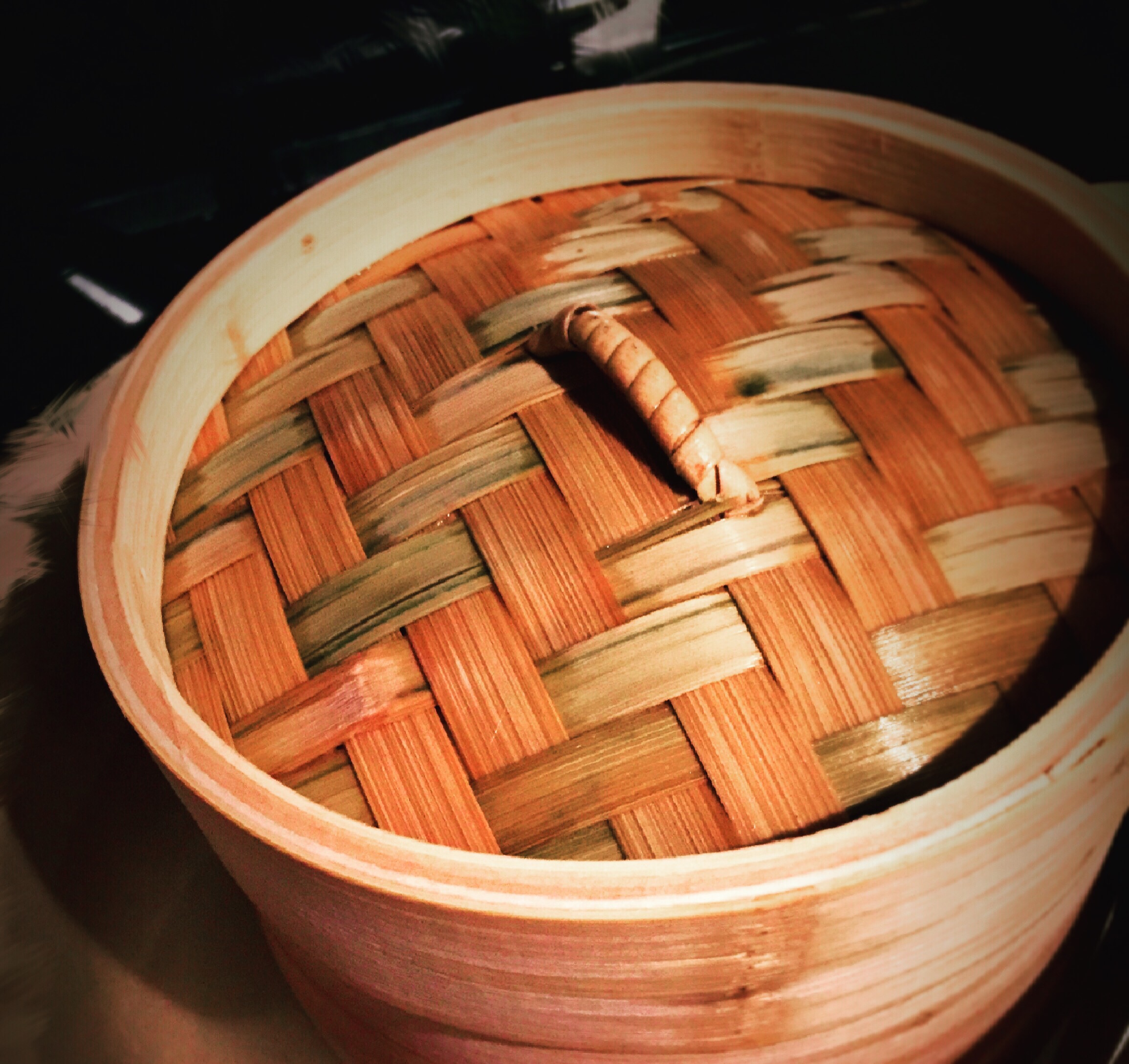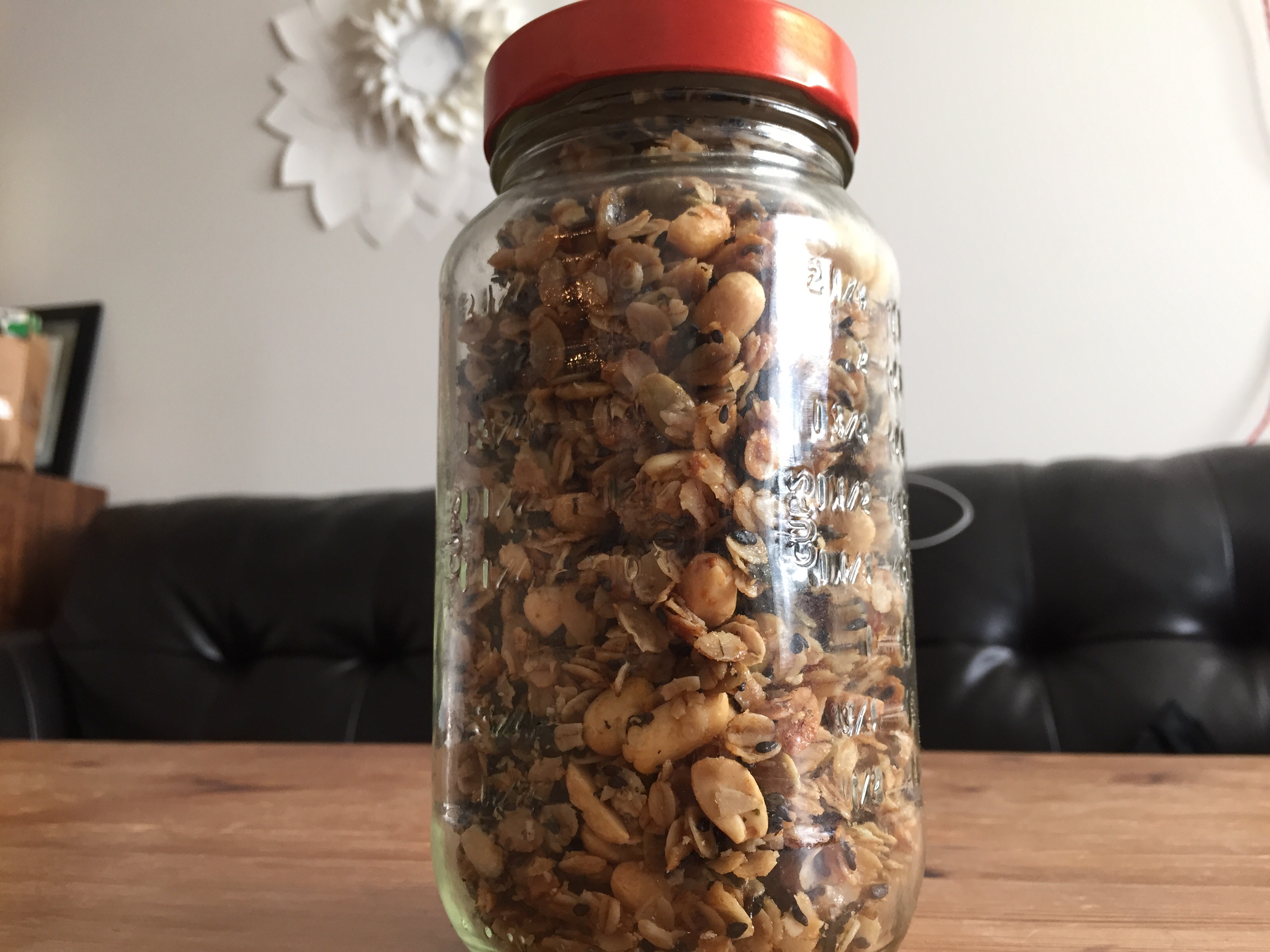. . . . There is something about the month of May that begs for puns. No other month is so open to them. Sure, you can March over to April, but once you have done so you’re out of it. May has a bit more range.
But I’m not really writing about May. Nor am I writing about writing, if you can believe it, nor Spring, nor plans future, nor any such wishy-washy excuse to ramble. No. I am writing about a belt.
I can not fully remember life before the belt. I thought of it barely two months into my new job, as my boss casually pulled pliers, screw drivers, and wire strippers out of the pouch that clipped to his own belt loops. His phone handily mounted beside it. His multitude of keys dangling from a carabiner on the other hip. I myself ran back and forth from whatever tool room was closest, and struggled not to walk so far from my phone that I couldn’t hear it vibrate. I have no pockets worth mentioning, and exactly zero functioning belt loops. To acquire either would mean radically renovating my wardrobe and, even more, abandoning the haphazardous collection of silhouettes that constitutes what might be termed my style. Doggedly I struggled on, all the while dreaming of the perfect belt. A work belt. A belt of pockets and loops. And then, finally, after a year of minor frustrations and inefficiency, I buckled down and made it.
Oh.
That was in September. By November I had stopped pretending any kind of civilized fashion sense and had started wearing it out all places, even to church. I wore it to a wedding too, over my Little Black Dress (my excuse was that I was also playing the bartender and so, technically, since I wasn’t a guest, I didn’t have to be in full formal attire). It’s quite amusing to remember that the number two reason I hesitated to make it in the first place was feared self conciseness about how it would look. Pooh. Practicality once again has ground my vanity into the dust with a contemptuous laugh. Besides, I’ve gotten compliments on it. Not just “how cute” either, though those are nice, but the slightly more grown up “how clever.” The only draw back to the later is I can’t really remember how I made it, and so can’t be sure if it was really clever or some combination of luck and an uncured predilection for hoarding.
The belt has saved me a lot more than missed work emails and a few thousand extra steps to track down tools. I made a vow to myself last year that if I didn’t show some initiative and make something useful, sewing wise, by the end of January, 2017, I would pack my sewing kit up and give it all away. The belt was a such a success that even if it hadn’t been followed by two much smaller creations the room would have been spared. In a lot of ways it seems like such a minor victory, when my goal is always public-acceptable clothes, but if I stop and think about it, even a well made shirt would only be worn once a week. The belt gets worn six or seven times that.
Okay, for those who care about such things, here’s a very non-technical write up of my process for making it, as far as I can remember. The material I used was the waistband and part of the pant leg of a pair of second-hand capris I purchased four or five years ago. The original intention was to make a skirt, but honestly I bought them becasue the buttons were so cute and I loved all the little details. I had some extremely complicated ambitions for the belt originally, but by the time I’d completed them the plan had been reduced to two rectangles. The top rectangle was both longer and taller than the back piece. Since there was a flat felled seam running about two inches from the bottom of my fabric, I decided to make that the bottom edge for added strength and structure – this also brought the tops up to a similar height. Serendipity. I’m not sure if I actually realized I would need a 3D structure in order to really fit things in these pockets, perhaps I hit upon the idea of tucks simply becasue the top piece was so much longer than the back and I was too lazy to cut it, or maybe it was because folding the felled seam down to the bottom edge created an excess of fabric that had to go somewhere. Either way, once I had the pleats down everything else was history. The inclusion of the pants’ coin pocket was another conceit of accidental brilliance. I included it becasue it was too cute to toss aside, but it has turned out to be indispensable for holding mini USBs, quarters, screw heads, and VGA adapters.
The hard parts were all in attaching the binding and cleaning up the edges of the waistband – I had hacked it off without really thinking a whole lot about how I wanted it finished and didn’t really leave myself much space for seam allowances. I ended up binding it with fabric from the leg. It works, becasue of the nature of the item, but is neither professional nor elegant. The pocket strip, too, was a little tricky to attach to the belt, and the depth of the pockets meant there was more weight in them than my original seaming could hold. I ended up supplementing it with safety pins until around December, when I went over it with enough stitches to keep King Kong tied down. I have a multitude of plans for remaking these, and most of them involve a strip of only three pockets – more space really is less, I’ve found. For a more sophisticated interpretation I would love to make a zippered pouch on the underside, perhaps in the band itself, for passport like things which shouldn’t be openly advertised.
Already this belt is showing signs of, shall we say, excessive love. My flawed but pretty bound edge has been worn open in a half dozen places, and in one of the places I reinforced with extra stitches the fabric itself has given out and formed a hole. Strangely, I’m not really saddened or alarmed by these ominous signs. The knowledge that this garment can be, if not recreated, at least replaced is rather delicious, and though I might put it off longer than is really wise, I’m still looking forward to the challenge.



